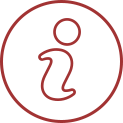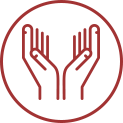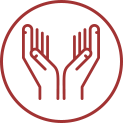Saint of the Day
Summary of Bl John Sullivan: Born in Eccles St, Dublin, baptised in St George’s Church of Ireland. At 35 he was received into the Roman Catholic Church, lived a very simple lifestyle, attended Trinity College, Dublin in the Classics Dept, joined the Society of Jesus and was ordained priest in 1907. He had a great reputation for holiness, prayer and was always available to the sick, the poor and anyone in need. He died in 1933 and was beatified in 2017 at Gardiner St Church, Dublin.
In his article ‘Blessed John Sullivan – Man of God, Sent Among Us and For Us’, Donal Neary S.J. tells Bl John’s story in the monthly ‘Reality Magazine’ 2017.
Among Us and For Us
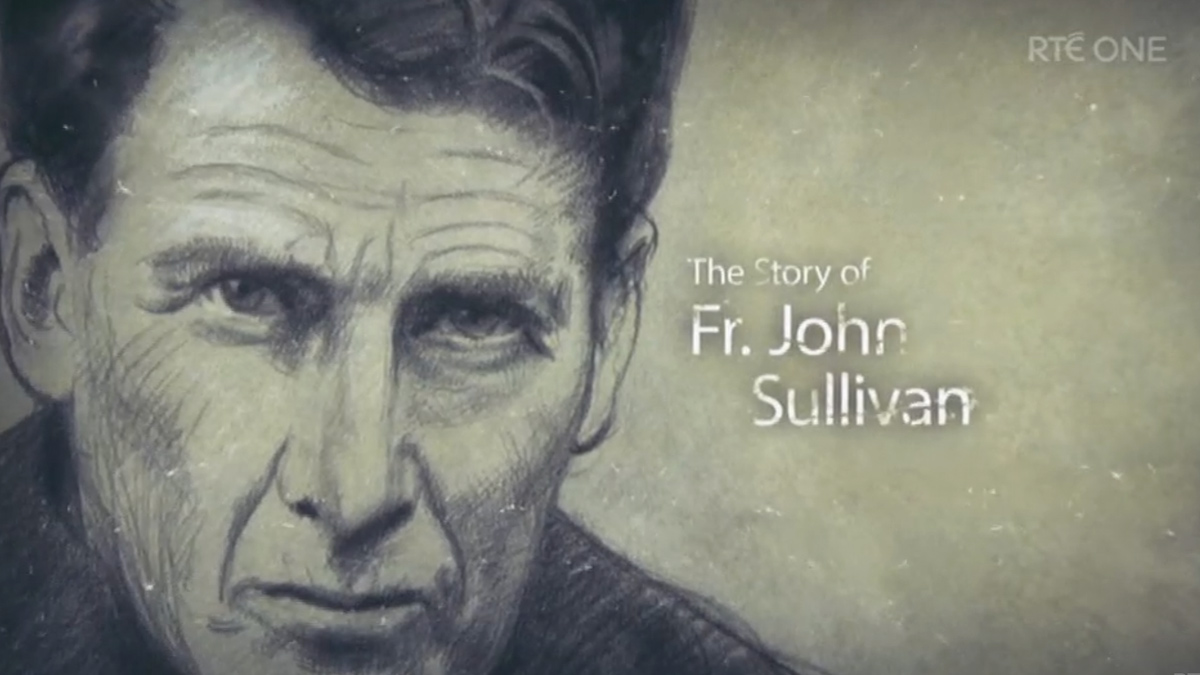 The final words of former Taoiseach Bertie Ahern in the Dáil came from a little-known Jesuit, beatified on May 13 last: “Be always beginning. Take life in instalments. This day now, at least let this be a good day. Let the past go. Now let me do whatever I have the power to do.” From Blessed John Sullivan SJ, baptised an Anglican, who left behind him the memory of a life dedicated to the sick poor in Co Kildare, and of prayer practised regularly and deeply. God, at work with him with his full-hearted co-operation, made him a man of great holiness. Little did he, son of the last Lord Chancellor in Ireland, think he would be quoted in the Irish parliament!
The final words of former Taoiseach Bertie Ahern in the Dáil came from a little-known Jesuit, beatified on May 13 last: “Be always beginning. Take life in instalments. This day now, at least let this be a good day. Let the past go. Now let me do whatever I have the power to do.” From Blessed John Sullivan SJ, baptised an Anglican, who left behind him the memory of a life dedicated to the sick poor in Co Kildare, and of prayer practised regularly and deeply. God, at work with him with his full-hearted co-operation, made him a man of great holiness. Little did he, son of the last Lord Chancellor in Ireland, think he would be quoted in the Irish parliament!
For he began with different loyalties. Born in Dublin in 1861, fourth and youngest son of William and Elizabeth Sullivan, he grew up in the affluence of Dublin society in the early 20th century. Making a then unusual journey from south to north, he was educated in Portora College, Enniskillen. An excellent scholar he graduated with a Classics degree from Trinity College and made another journey, this time to London, where he never practised as a barrister. He spent some time as a religious searcher, and thought of joining the Mount Athos monastery, but was dissuaded from this by the monks. He was received into the Roman Catholic Church in the Jesuit church, Farm St in December 1896. A further discernment and reflection on God’s calling in his life brought him to the Jesuit novitiate in Tullabeg in 1900. Because of his age, a shortened Jesuit formation followed, with ordination to the priesthood in 1907. Apart from four years in Rathfarnham Castle as Rector of the Student House, he spent the rest of his life in Clongowes College, until his death in St Vincent’s Hospital, Dublin on February 19th, 1933.
Family Life
In family life, he was close to his brothers and especially to his mother. With her he suffered the ache all his life of his ‘missing brother’, who was drowned in Killiney Bay trying to save others on a boating trip. Maybe we can address him as a patron of the families of the missing?
A Jesuit life hardly known by any except the boys and the sick – so why the beatification, a title which indicated his heroic living of the following of Christ and a unity with Christ beyond the ordinary?
Suffice to say he was not a good teacher. The boys gave him the awful time the incompetent teacher can receive. He took this with humour: not all was high seriousness – he had sent a boy to stand in the corner for some ill behaviour, and the headmaster’s arrival could be heard by his jangling keys. When the headmaster came in, the boy in the corner, fearing some punishment, took the duster and wiped the board. When the headmaster left, Johnny-O, as he was called by the boys, said –‘Most audacious fellow! Go back to your place. Use the wit God gave you for useful things.’ ‘Gratefully ashamed’, the boy later explained, ‘I returned to my place, while he rewrote what had been rubbed out.’”
Spiritual Father
He had an eye for the young lad lonely in school in first year. As spiritual father in the school, he befriended and advised students at tough times of their life, away from home in a boarding school. They knew he was special: after his funeral a boy wrote home – ‘mother, isn’t it unusual to say we’ve been taught by a saint’. He reached the souls of the young, often with tales of his travels and of the saints on long walks on free days. Many of us know a teacher who taught a lot of life while not being the best in the professional role. Our young people need both. Jonny-O, was one of the better of the first, though he would be the last either to know this or say it!
Care for the Sick
Known also for his care for the sick, he spent many hours cycling or walking to nearby or faraway house and hovels around Kildare, even cycling also to Dublin to pray for and with the sick person. John’s motivation was to pray for the person, and gather the family to pray with him for the sick. One has a memory of an hour’s prayer with the sick family member and the family, longer than was expected! He prayed for their health and for their acceptance of illness, sometimes leaving with the words, ‘she will die peacefully this night’ or with the beginnings of a cure. Maybe he is the patron blessed now of the hospital chaplain.
This was his motivation, continuing the saving work of Christ; a motivation begun in the Anglican Church and brought to fruition in the Roman Catholic. He spoke the gospel not with many words and he spoke on prayer: ‘in prayer don’t mind the scaffolding, Get at God’.
also available at www.messenger.ie/bookshop: Fr John Looby SJ, ‘Blessed John Sullivan, A Man Sent by God’ and Fr Fergal McGrath SJ, ‘Blessed John Sullivan’.
Summary: BL. Giorgio Frassati was often referred to as the Man of the Eight Beatitudes (As there is no feastday liturgically assigned to this date yet, we have temporarily placed the life of the youthful Bl Giorgio Frasssat here. It is taken with thanks from a booklet from the organisation Aid to the church in need. )
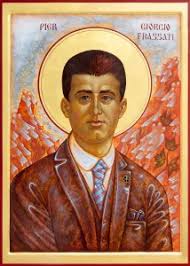
A portrait by Ted Harasti,
Sacred Artist, Sculptor, Iconographer, Muralist
holyrosaryshrine.org
He was born was born in Turin, Italy on April 6, 1901. His mother, Adelaide Ametis, was a painter. His father Alfredo, was the founder and director of the newspaper, “La Stampa,” and was influential in Italian politics, holding positions as an Italian Senator and Ambassador to Germany.
At an early age, Pier Giorgio joined the Marian Sodality and the Apostleship of Prayer, and obtained permission to receive daily Communion (which was rare at that time).
He developed a deep spiritual life which he never hesitated to share with his friends. The Holy Eucharist and the Blessed Virgin were the two poles of his world of prayer. At the age of 17, he joined the St. Vincent de Paul Society and dedicated much of his spare time to serving the sick and the needy, caring for orphans, and assisting the demobilized servicemen returning from World War I.
He decided to become a mining engineer, studying at the Royal Polytechnic University of Turin, so he could “serve Christ better among the miners,” as he told a friend.
Although he considered his studies his first duty, they did not keep him from social and political activism. In 1919, he joined the Catholic Student Foundation and the organization known as Catholic Action. He became a very active member of the People’s Party, which promoted the Catholic Church’s social teaching based on the principles of Pope Leo XIII’s encyclical letter, Rerum Novarum.
What little he did have, Pier Giorgio gave to help the poor, even using his bus fare for charity and then running home to be on time for meals. The poor and the suffering were his masters, and he was literally their servant, which he considered a privilege. His charity did not simply involve giving something to others, but giving completely of himself. This was fed by daily communion with Christ in the Holy Eucharist and by frequent nocturnal adoration, by meditation on St. Paul’s “Hymn of Charity” (I Corinthians 13), and by the writings of St. Catherine of Siena. He often sacrificed vacations at the Frassati summer home in Pollone (outside of Turin) because, as he said, “If everybody leaves Turin, who will take care of the poor?”
In 1921, he was a central figure in Ravenna, enthusiastically helping to organize the first convention of Pax Romana, an association which had as its purpose the unification of all Catholic students throughout the world for the purpose of working together for universal peace.
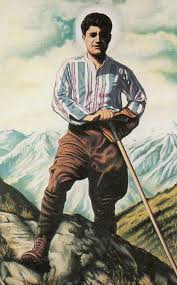 Mountain climbing was one of his favourite sports. Outings in the mountains, which he organized with his friends, also served as opportunities for his apostolic work. He never lost the chance to lead his friends to Mass, to the reading of Scripture, and to praying the rosary.
Mountain climbing was one of his favourite sports. Outings in the mountains, which he organized with his friends, also served as opportunities for his apostolic work. He never lost the chance to lead his friends to Mass, to the reading of Scripture, and to praying the rosary.
He often went to the theatre, to the opera, and to museums. He loved art and music, and could quote whole passages of the poet Dante.
Fondness for the epistles of St. Paul sparked his zeal for fraternal charity, and the fiery sermons of the Renaissance preacher and reformer Girolamo Savonarola and the writings of St. Catherine impelled him in 1922 to join the Lay Dominicans (Third Order of St. Dominic). He chose the name Girolamo after his personal hero, Savonarola. “I am a fervent admirer of this friar, who died as a saint at the stake,” he wrote to a friend.
Like his father, he was strongly anti-Fascist and did nothing to hide his political views. He physically defended the faith at times involved in fights, first with anticlerical Communists and later with Fascists. Participating in a Church-organized demonstration in Rome on one occasion, he stood up to police violence and rallied the other young people by grabbing the group’s banner, which the royal guards had knocked out of another student’s hands. Pier Giorgio held it even higher, while using the banner’s pole to fend off the blows of the guards.
Just before receiving his university degree, Pier Giorgio contracted poliomyelitis, which doctors later speculated he caught from the sick whom he tended. Neglecting his own health because his grandmother was dying, after six days of terrible suffering Pier Giorgio died at the age of 24 on July 4, 1925.
His last preoccupation was for the poor. On the eve of his death, with a paralyzed hand he scribbled a message to a friend, asking him to take the medicine needed for injections to be given to Converso, a poor sick man he had been visiting.
Pier Giorgio’s funeral was a triumph. The streets of the city were lined with a multitude of mourners who were unknown to his family — the poor and the needy whom he had served so unselfishly for seven years. Many of these people, in turn, were surprised to learn that the saintly young man they knew had actually been the heir of the influential Frassati family.
Pope John Paul II, after visiting his original tomb in the family plot in Pollone, said in 1989: “I wanted to pay homage to a young man who was able to witness to Christ with singular effectiveness in this century of ours. When I was a young man, I, too, felt the beneficial influence of his example and, as a student, I was impressed by the force of his testimony.”
On May 20, 1990, in St. Peter’s Square which was filled with thousands of people, the Pope beatified Pier Giorgio Frassati, calling him the “Man of the Eight Beatitudes.”
His mortal remains, found completely intact and incorrupt upon their exhumation on March 31, 1981, were transferred from the family tomb in Pollone to the cathedral in Turin. Many pilgrims, especially students and the young, come to the tomb of Blessed Frassati to seek favors and the courage to follow his example.



